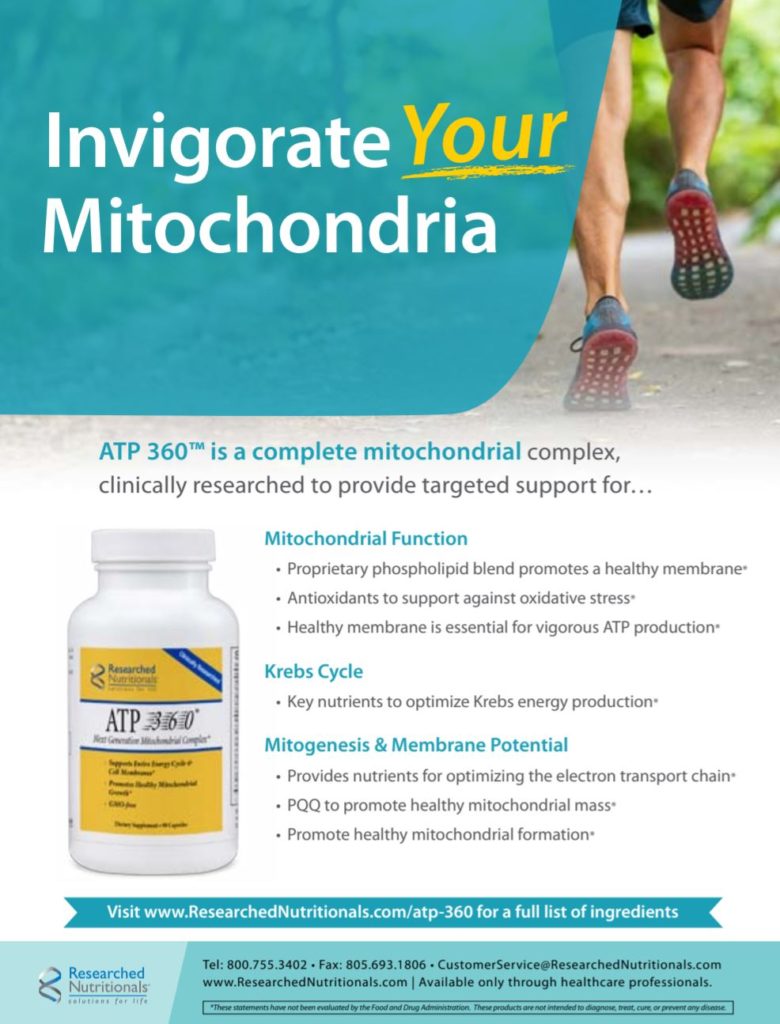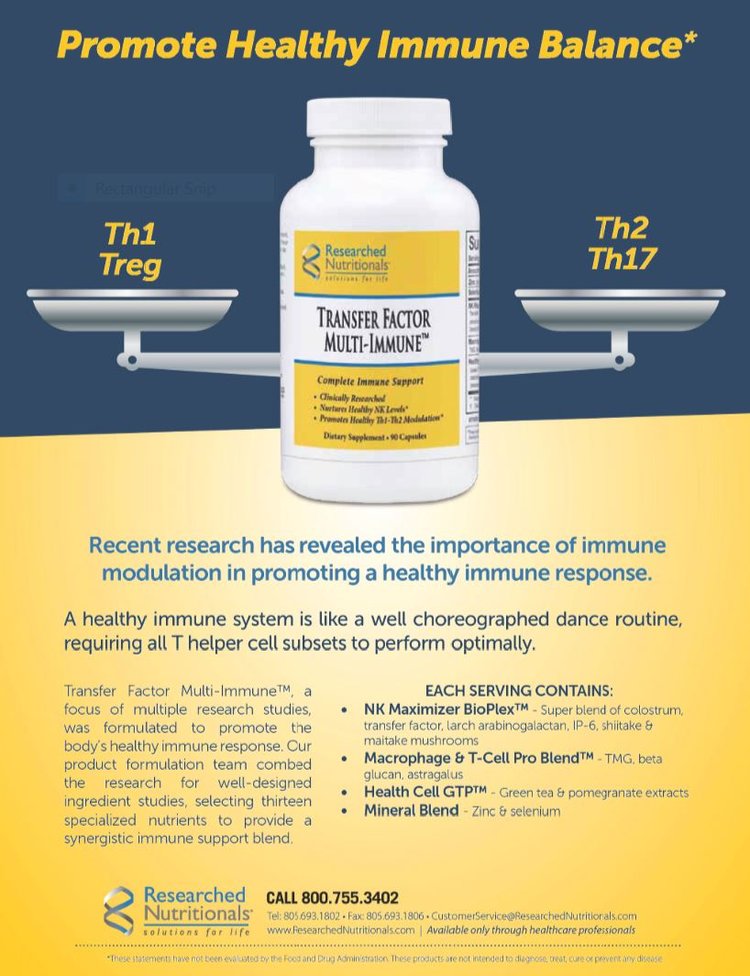By Richard Z. Cheng, MD, PhD
Due to the lengthy development of at least two years, vaccines are not effective for stopping or controlling new epidemics. Group immunity (the term “herd” generally implies animals other than humans) may be the only way to stop an ongoing new epidemic. However, unprotected exposure of the public to new pathogens (viruses) may result in high morbidity, mortality, and economic losses. It may also seem irresponsible or unethical for governments not to offer any protection to its citizens.
Early and sufficient use of vitamin C (along with vitamin D3, zinc, magnesium, and other nutrients) is able to offer a high level of protection. A strategy of combining supplements of vitamin C and other nutrients with traditional herd immunity to form the basis of the “protected group immunity” is worth further study and may become a better preventive measure to stop COVID-19 and future epidemics.
Epidemics/Pandemics on the Rise
An article in the Wall Street Journal’s economy section on March 6, 2020, read “Global viral outbreaks like Coronavirus, once rare, will become more common.”1 BBC also reported on March 25, 2020 (“COVID-19: the history of pandemics”) that the rate of new epidemics like SARS, MERS, and COVID-19 has increased four-fold over the past century. The annual outbreak of epidemics in the last 40 years has doubled.2 In the short 20 years of the 21st century, there have been over 60 epidemics compared to the less than 100 epidemics in the entire 19th and 20th centuries combined. This is about a 650% annual increase in the number of epidemics in the last 20 years compared to the 200 years prior! Moreover, there have been 11 epidemics in the 21st century that caused more than 1,000 fatalities, compared to the 14 epidemics in the 200 years prior. If we use fatality of 1,000 as a marker for severity, there has been an increase of 785%.3
In a short period of only four months, COVID-19 has caused more than 200,000 fatalities, with 2.7 million confirmed cases of SARS-Cov-2 infections, and economic losses in the trillions of USD worldwide.
What plan do our governments, the World Health Organization (WHO), the pharmaceutical industry, and the leading medical institutions have to deal with the disturbing trend of increasing epidemics? Probably the most common term used to describe prevention of epidemics is “vaccine.” International agencies like WHO, sovereign governments, major foundations, pharmaceutical industry, as well as leaders in major medical institutions all appear to be focused on vaccine and vaccine only.
We wish we would have a COVID-19 vaccine today. We wish we had a COVID-19 vaccine four months ago. But unfortunately, we didn’t and we don’t. The best estimate of a vaccine is at least 18-24 months away, if at all.
Vaccine for Epidemics
Vaccine is not an ideal answer to new epidemics. The nature of vaccine development makes the vaccine strategy against new epidemics a less than ideal one. Let’s look at the process of how a vaccine is developed.

First, a new pathogen (e.g., SARS-Cov-2 virus that has caused the COVID-19 pandemic) appears and causes a local infectious disease outbreak. This eventually catches the attention of the local medical agencies and governments. Scientists then begin to study the new infectious disease, identify the new pathogen, and develop a vaccine, which needs to go through clinical trials to demonstrate its safety and effectiveness. If the clinical trial is successful, an application for approval by the FDA is then submitted. If a vaccine is finally approved by the FDA, it is then mass produced and distributed for clinical use. This is a lengthy process, with at least two years after a new epidemic breaks out. To make things worse, due the frequent mutations of viruses, especially for RNA viruses, and due to the delay in finally mass-producing a vaccine, the virus has likely mutated to lower the vaccine’s efficacy.
COVID-19 has already caused trillions of dollars in economic damage in a short period of four months. Likely many more lives and much more economic damage will occur in the next 18 to 24 months while we are waiting and expecting a vaccine. What if we will never see an effective vaccine? In the history of medicine, there has never been a vaccine developed in a timely manner to stop an ongoing new epidemic. Successful vaccines today are only effective against an existing infectious disease or recurrent epidemic, not a new epidemic. Even so, for most of the many recent epidemics like SARS, MERS, Ebola, Marburg, Zika, and Dengue, to name just a few, there is no vaccine.
Further, vaccines can only prevent an infection. Vaccines are not treatment for infections.
Preventive and treatment measures against all epidemics, both new and recurrent, are urgently needed.
We clearly need better preventive and treatment measures to deal with the disturbingly increasing trend of epidemics. Ideally, good preventive and treatment measures for new epidemics should have the following characteristics:
- Nonpathogen specific and universal: Treatments that can lower the risk of infection from a virus or other pathogens or can reduce the severity of the infection. This characteristic would allow us to prevent and treat any epidemic when it occurs, without any unnecessary delay.
- Effective and safe.
- Readily available: When an epidemic breaks out, we need to have it available right away to stop an epidemic.
- Affordable: This is yet another key characteristic for large scale application to stop an ongoing epidemic.
For new epidemics, vaccines clearly don’t meet the above criteria.
Our natural defense mechanisms, including nutrients like vitamin C, are among the few options that meet the above characteristics. They can defend us from catching diseases and can prevent the disease from progression. Other such nutrients include vitamin D3, zinc, magnesium, selenium, etc.
Vitamin C has pleiotropic biological effects, including but not limited to its antiviral and antimicrobial effects, immune-boosting effects, as well as antioxidant effects.
- Vitamin C has potent antiviral effects through viricidal and immune modulating effects.4-13
- Vitamin C is a prototypical potent antioxidant that plays a critical role in the prevention and treatment of the marked inflammatory response to viruses and other pathogens. Clinically vitamin C is effective in preventing and treating pneumonia,12 multi-organ failure,14 and acute respiratory distress syndrome (ARDS).14-18 Another related antioxidant that has shown promise for acute cases of pneumonia is glutathione.19
- Preliminary clinical evidence from China and elsewhere seems to show high-dose IV vitamin C is effective in treating COVID-19 patients.20,21
- Out of the few treatments being tried for COVID-19, high-dose intravenous vitamin C (HDIVC) shows very promising results in treating critical cases of COVID-19 with reduced fatalities, reduced ICU or hospital stays22-25 and is very safe, without significant side effects (caveat, G6PD deficiency).22,26 HDIVC’s effectiveness in treating infectious (including viral) diseases and its high safety profile is based on solid science with decades of basic and clinical research reflected in tens of thousands of research papers in the world’s largest biomedical library, the United States National Library of Medicine, hosted at the NIH (pubmed.gov).
- Given the lack of proven and widely accepted effective treatments of COVID-19, the high safety profile of HDIVC and promising effectiveness of HDIVC make the compassionate use of HDIVC very reasonable. In my opinion, not to give HDIVC to critically ill COVID-19 patients seems unthinkable, even unethical.
Protected Group Immunity
With vaccines against COVID-19 not anywhere near, the only other hope to stop the COVID-19 pandemic seems to be group immunity: when enough members of a population develop immunity. Yet to leave the public without any protection from the risk of a SARS-Cov-2 infection seems cruel, unethical and may even cause a public outcry.
However, sufficient doses of vitamin C (3000 mg/d in divided doses), and other nutrients such as vitamin D3 (2000-5000 IU/d), zinc (20 mg/d), magnesium (400 mg/d), and selenium (100 mcg/d), lower the risk of the public developing the infection, and can protect patients in the initial stages of infection from progressing to more serious disease.22 Vitamins C and D are known to assist and empower the immune system to prevent viral infection,22-31 and vitamin C in high oral doses to bowel tolerance32,33 can denature viruses and prevent damage to the body from oxidative stress. Supplemental high-dose oral or intravenous vitamin C is indicated in severe infections and oxidative stress because they cause the vitamin C level to drop to zero.27 Zinc, magnesium, and selenium are known anti-viral agents.30,31 With such a treatment that has worked to prevent serious infection of a variety of other viruses, further research is clearly indicated here. Moreover, the WHO currently recommends research on vitamin C as a promising treatment for COVID-19.34 When proven, this strategy can not only help stop COVID-19 pandemic, it will also protect us in the future epidemics.
Acknowledgment: Thanks to the members of the editorial board of the Orthomolecular Medicine News Service who reviewed and critiqued this manuscript, including the choice of “group immunity” over “herd immunity.”
Article originally printed by:
Orthomolecular Medicine News Service
OMNS free subscription link:
http://orthomolecular.org/subscribe.html
OMNS archive link: http://orthomolecular.org/resources/omns/index.shtml






